The levels of care offered by parents by in the animal kingdom can vary greatly. At one end, it's non-existent for the species where eggs are laid or young are birthed and are immediately left to fend for themselves in this difficult world, such as the frogspawn of common frogs, and many insects.
On the other end, there are species where the young are looked after for many years by their parents. One of the most intense examples in a non-human animal species is the orangutan, where female will look after her young for eight years.
In between these extremes are a variety of levels of care given by parents. The RSPB takes a look at some of the animal fathers around the UK who deserve a medal for their efforts.
These parents work hard to raise their young, but they still face threats beyond their control: loss of habitat, loss of food, and climate change all have an impact on these species.
The best dads in the animal kingdom
Red-necked phalarope (Phalaropus lobatus)
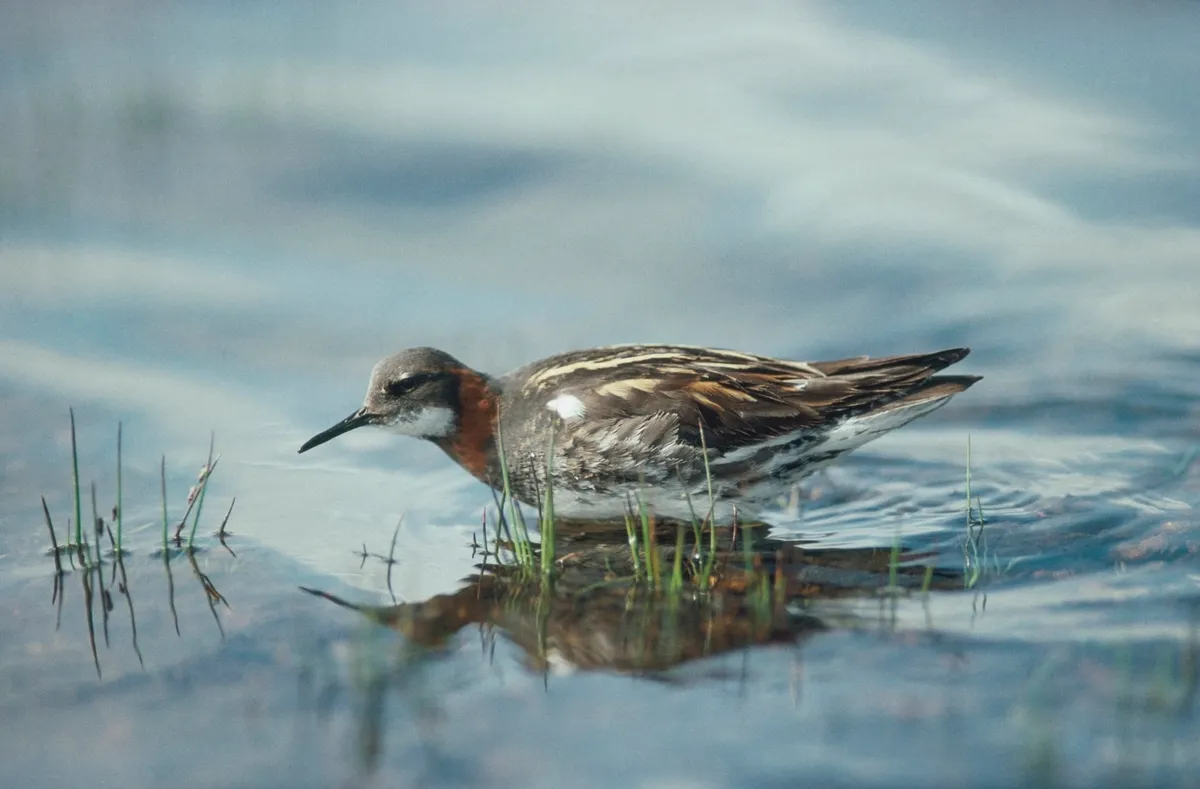
The red-necked phalarope, a small migratory bird from South America, is one of the UK’s rarest birds - and one of the best dads!
Rather than the female doing most of the child-rearing, as in the case with many bird species, the red-necked phalathrope flips these gender roles upside-down.
The female is more brightly-coloured and does all the courtship, and even sings and calls to entice the male. After the eggs are laid then the mother heads off, often to lay eggs with another male, while the original male takes on the incubating duties. He’ll keep looking after his little ones even after they’ve hatched.
Spiny seahorse (Hippocampus guttulatus) and short-snouted seahorse (H. hippocampus).
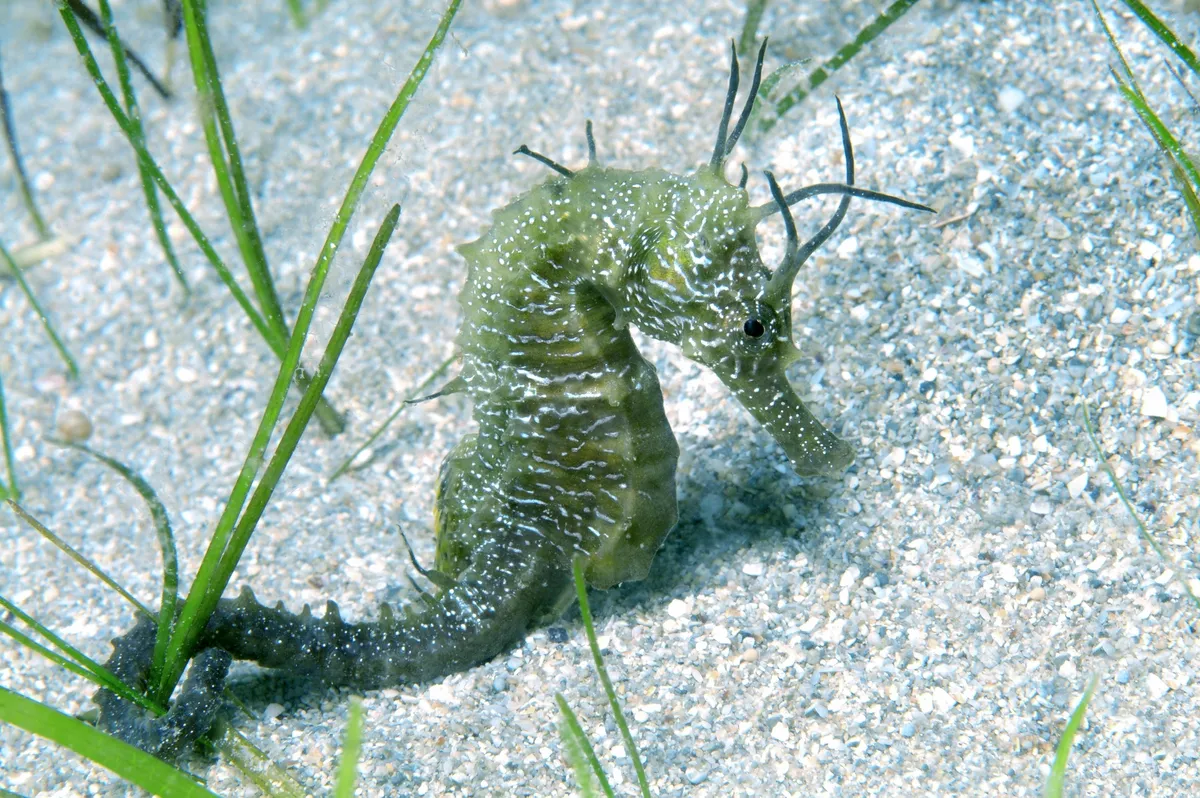
There’s only a handful of animals in the world where the males give live birth, and one of those is the seahorse. Before mating the male and female do an extended dance, fluttering around each other before rising to the surface of the water where the female deposits eggs into a pouch on the male’s abdomen.
The male then adds sperm to fertilise them and shuts the opening. Over the course of the next 20 days or so the eggs develop into little baby seahorses, at which point the male opens a hole in his pouch and violently squeezes out all the babies – normally around 100-200, but there are records of up to 1,000!
True, after giving birth he leaves them to their own devices and might even sample one or two as a tasty snack if they hang around too long, but for the first part of their lives the seahorse is a class-A dad.
The short-snouted seahorse's scientific name, Hippocampus hippocampus, is an example of a tautonym, where the genus and specific name are the same.
Midwife toad (Alytes obstetricans)
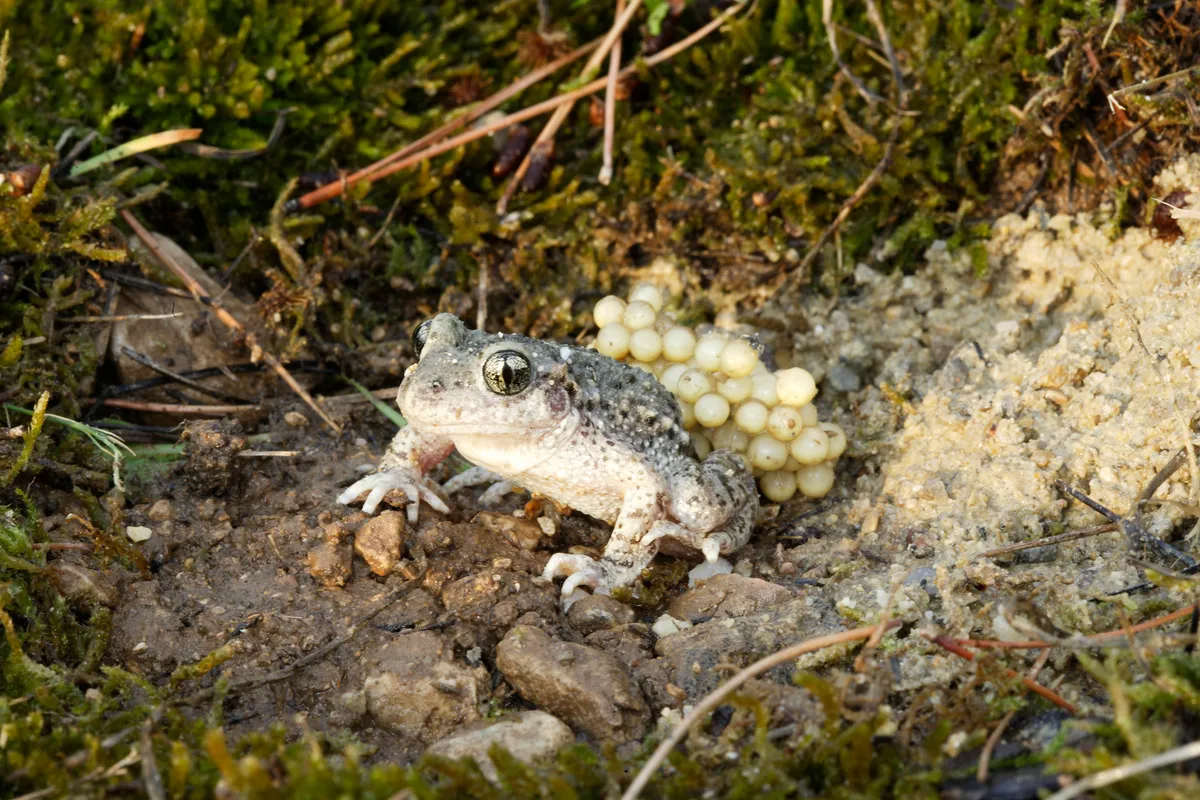
While male seahorses carry the young in their body, male midwife toads have arguably a harder job – they carry the eggs around on their hind legs for up to six weeks. Most frogs and toads lay eggs in the water, but that leaves them vulnerable to predation.
By keeping them safely tucked on his hind legs, the father has a better chance of keeping them safe until they hatch. He’ll hide away under logs and other dark places to help keep his skin damp, taking the occasional dip to freshen up, until they hatch and he takes the tadpoles to water so they are as prepared as possible for the next stage of life.
They are not a native species in the UK, but midwife toads are known to exist in Bedfordshire, Yorkshire, Nottinghamshire and Devon.
Three-spined stickleback (Gasterosteus aculeatus)
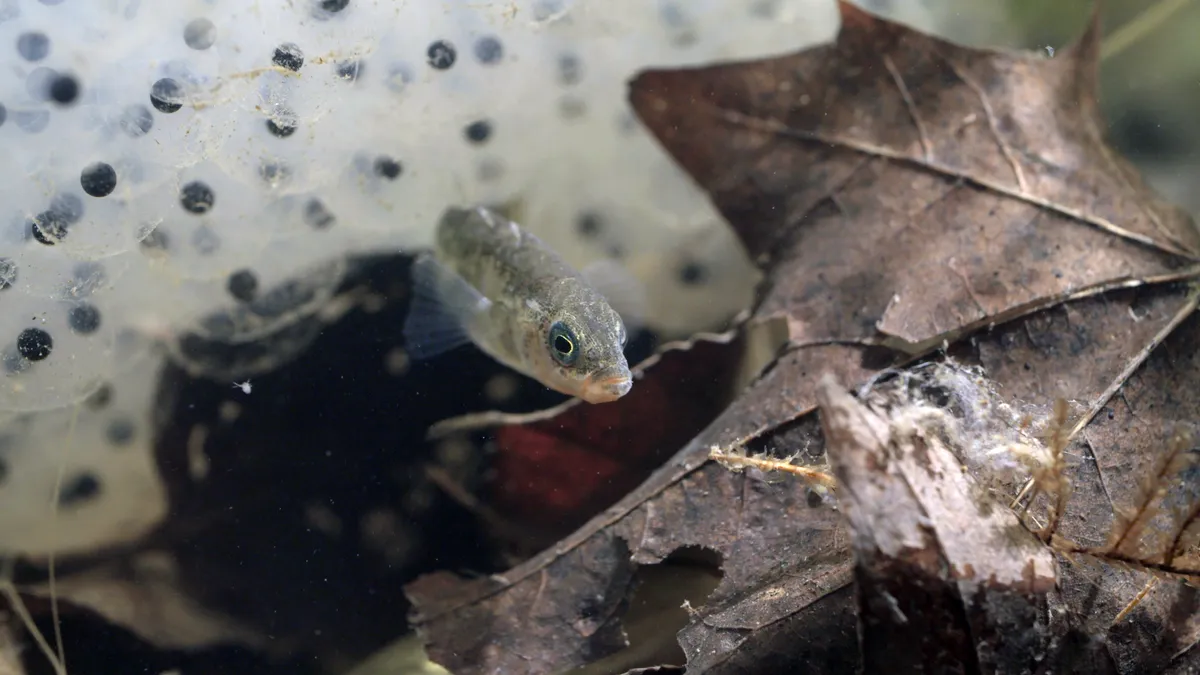
These freshwater super dads do it all. First, the male fish build a nest out of debris such as algae and sand, gluing it all together using something called ‘spiggin’ - a sort of glue they produce in their kidneys. They then court a female with an elaborate dance which encourages her to lay her eggs in the nest.
Once the eggs are fertilised he’ll stay by their side, wafting water over them to make sure they have enough oxygen and defending them against intruders. Even after the ‘fry’ hatch many stickleback fathers retrieve their youngsters that wander off, sucking them into his mouth and spitting them back into the nest.
These fathers can raise several nests of fry in one breeding season, by the end of which many die of exhaustion. The ultimate self-sacrificing dad!
Red fox (Vulpes vulpes)
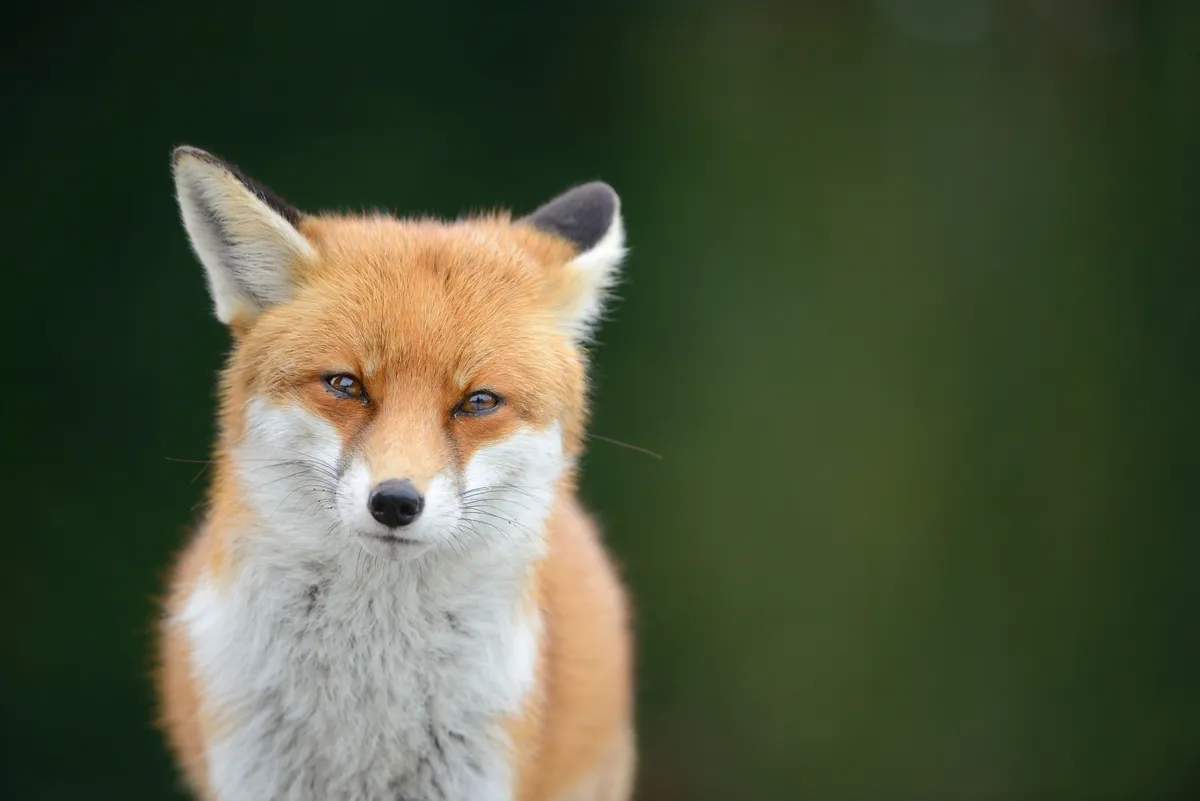
Male foxes, or ‘dogs’, are doting dads and play an important role in rearing their cubs. While the cubs are young the mother stays in the den to feed them and keep them warm so it’s up to the dad to go out hunting and bring back food.
He does this for about three months before starting the next phase of fatherhood - education. He’ll start hiding food close to the den, encouraging the cubs to enter the world and learn how to scavenge. He’ll also play with them, roughhousing to teach them how to fight and fend for themselves.
The red fox's scientific name, Vulpes vulpes, is an example of a tautonym, where the genus and specific name are the same.
Best mums in the animal kingdom
Mallard (Anas platyrhynchos)
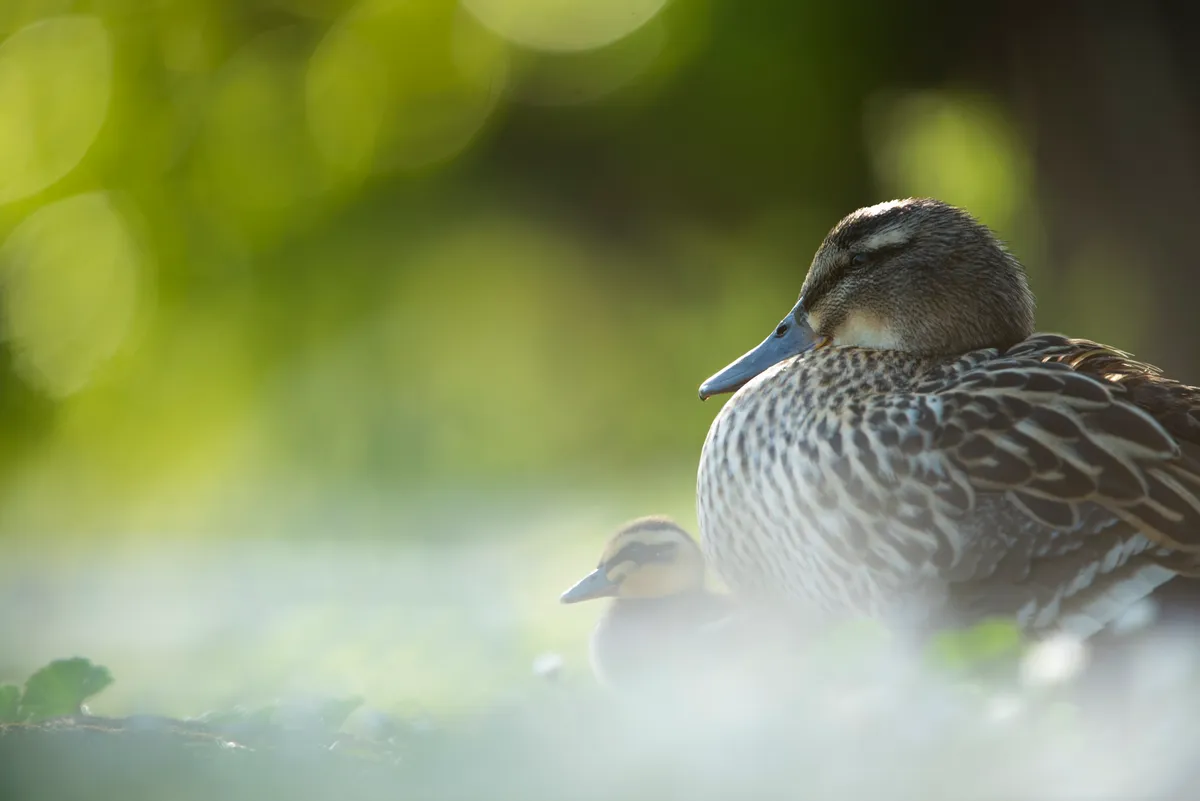
Mallards may be the most common duck, but their mothering skills are pretty exceptional. After the eggs are laid the males go off to form small bachelor groups, and the mother is left to sit on the eggs by herself for about 28 days.
Once the chicks hatch, the mother then has to get them to the nearest body of water, crossing dangerous roads and trying to protect them from predators. She’ll continue to stay by their side and teach them how to find the best food and shelter until they develop their flight feathers.
Orca (Orcinus orca)
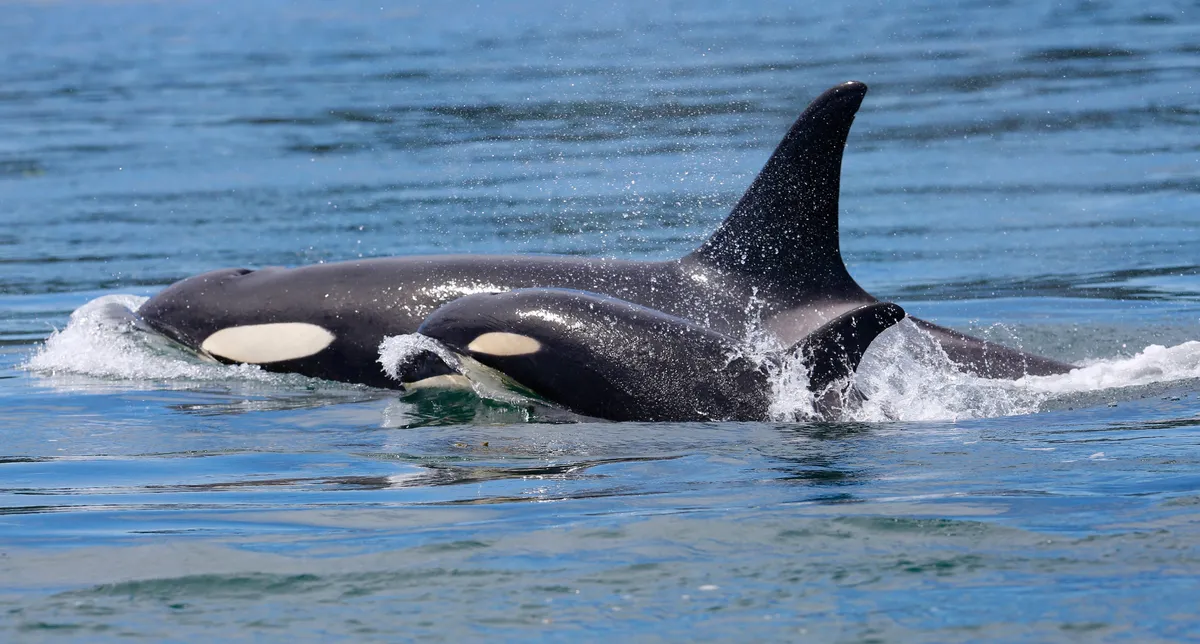
Baby orcas don’t sleep for the first month of their lives – so their mothers don’t sleep either! The theory is that staying awake gives the relatively small new-borns a better chance of evading predators, and that the constant movement keeps their body temperature up until they develop greater mass and blubber. The mothers then stay awake as well to keep an eye on them, giving up her usual 5-8 hours of sleep a night.
Hoopoe (Upupa epops)
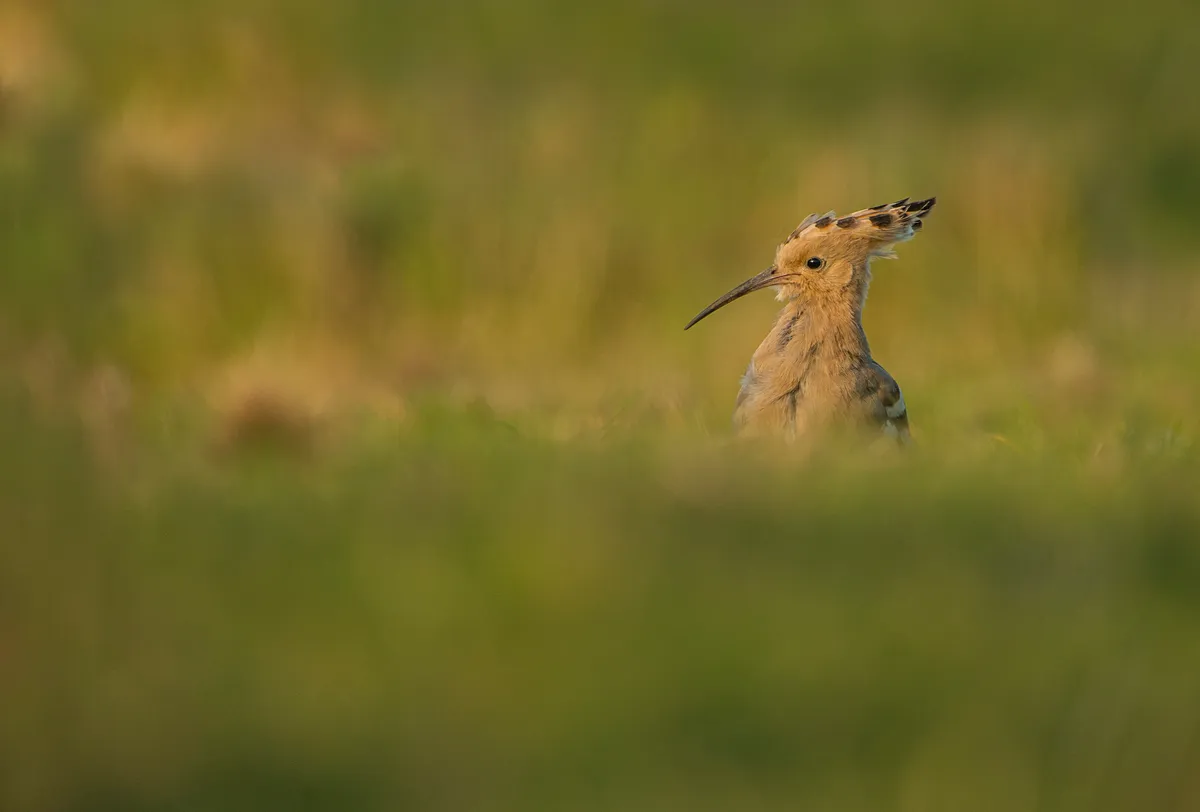
The colourful hoopoe, is not only one of the world's weirdest birds but one of the best mothers too. The female lays her eggs in a tree cavity before covering them in an antimicrobial secretion that smells like rotten eggs. It’s thought that this protects the eggs against bacteria as well as making them less appealing to predators. Then when the chicks hatch, they add to the smell by projectile pooping to ward off predators!
Common earwig (Forficula auricularia)
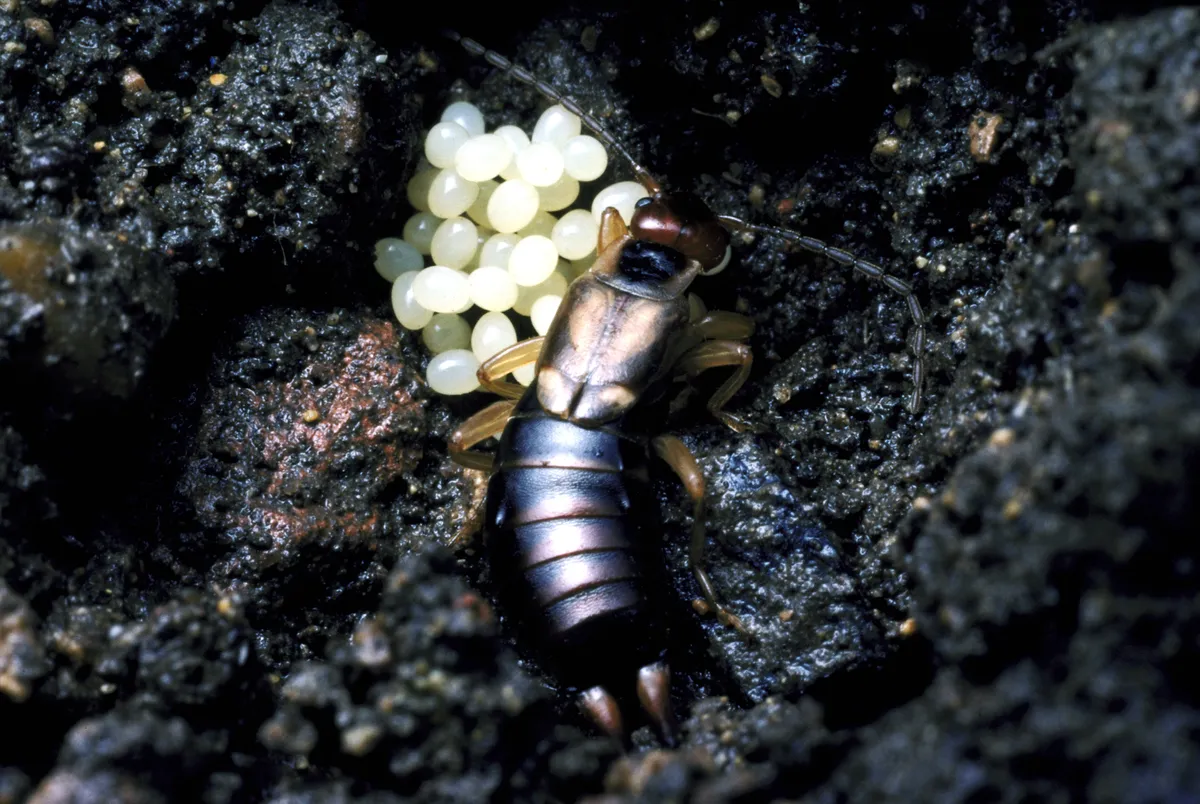
Insects aren’t normally considered top contenders for motherhood, but the earwig stands out. A mother earwig looks after her larvae throughout the winter until they shed their first skin, which is very unusual maternal behaviour for a non-social insect. She also chews up food for her young and will relocate her entire family if she senses danger.
Common crane (Grus grus)
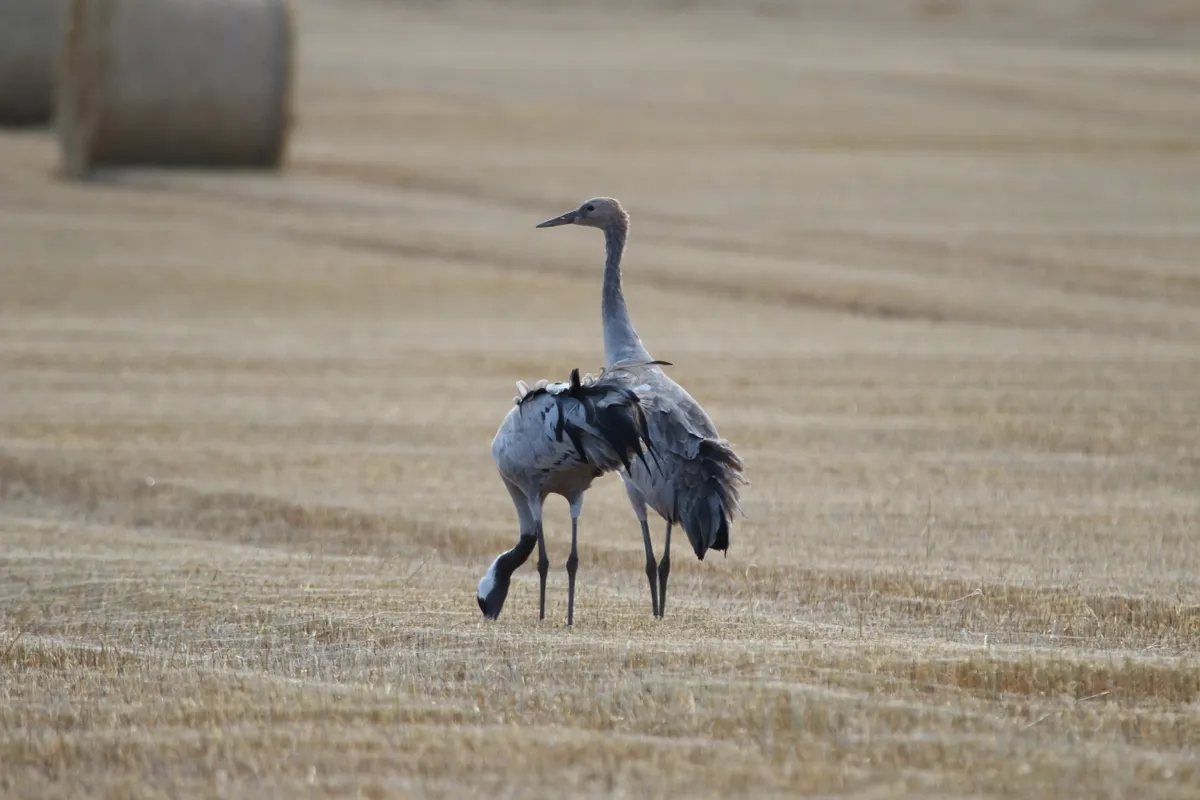
Sometimes it’s an individual rather than a species who stands out, as with a mother crane in Aberdeenshire back in 2016. When this crane’s chick was just five weeks old her mate disappeared. This was a huge blow - normally, both the mother and father care for the chick from the moment the egg is laid until the moment it learns to fly.
They work together to protect the chick from all sorts of dangers, from flooding to foxes, and chicks still frequently don’t make it. This particular mother managed to raise her chick all by herself, however, and at the end of the season both mother and son were able to fly off on migration. Go mum!
The common crane's scientific name, Grus grus, is an example of a tautonym, where the genus and specific name are the same. The common crane is also known as the Eurasian crane.
Pipistrelle bat (Pipistrellus genus)
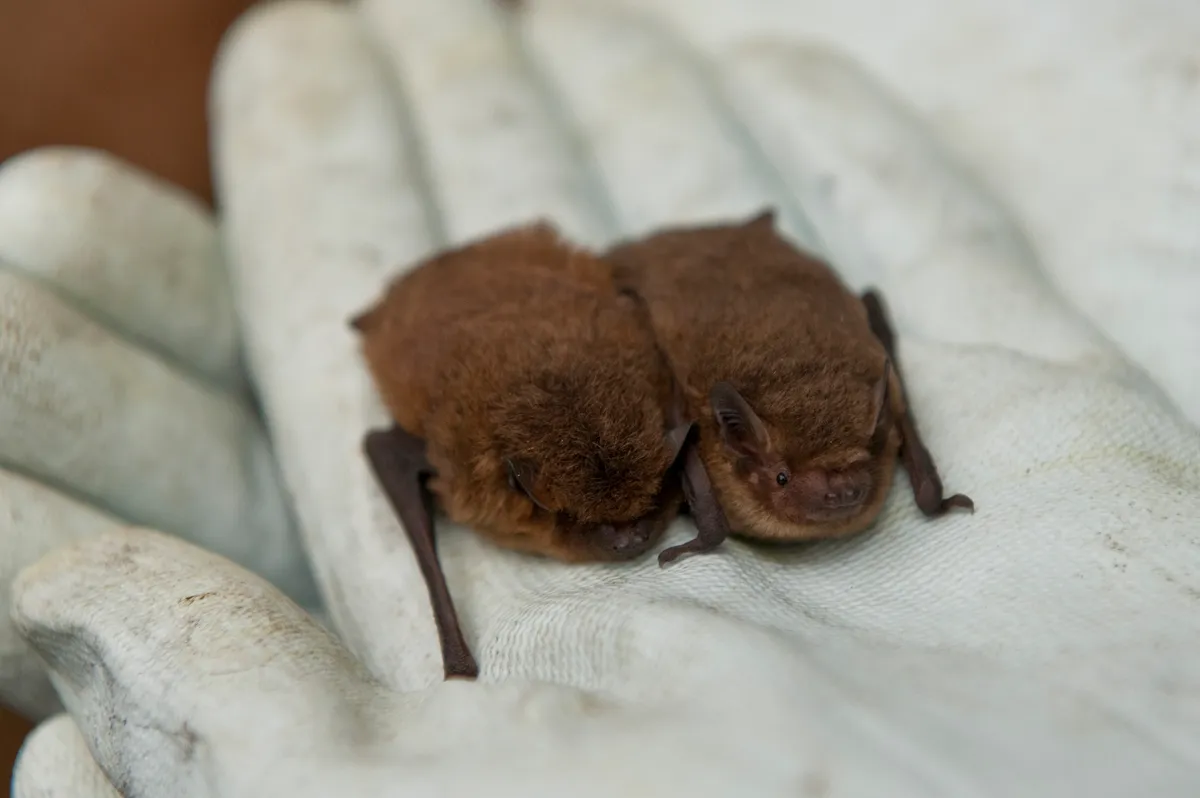
Bats are somewhat unusual in the mammal world in that they don’t make a nest - instead, the females all stick together in colonies for safety and warmth. Each female also only has one baby, or pup, each year, which is unusual for a mammal of her size (typically with mammals, the smaller they are the more babies they have).
But having just one pup means she can give it all of her attention! Over the next month she’ll focus all her efforts on feeding it and keeping it warm, and even after it leaves the colony to forage for itself the mum often stays close by to teach it how to hunt and survive.
There are two very similar species of pipistrelle bat found in the UK: common pipistrelle (Pipistrellus pipistrellus) and soprano pipistrelle (Pipistrellus pygmaeus). They were only identified as separate species in the 1990s, and the easiest way to tell them apart is by the frequency of their echolocation calls.
The common pipistrelle's scientific name, Pipistrellus pipistrellus, is an example of a tautonym, where the genus and specific name are the same.
Ladybird spider (Eresus sandaliatus)
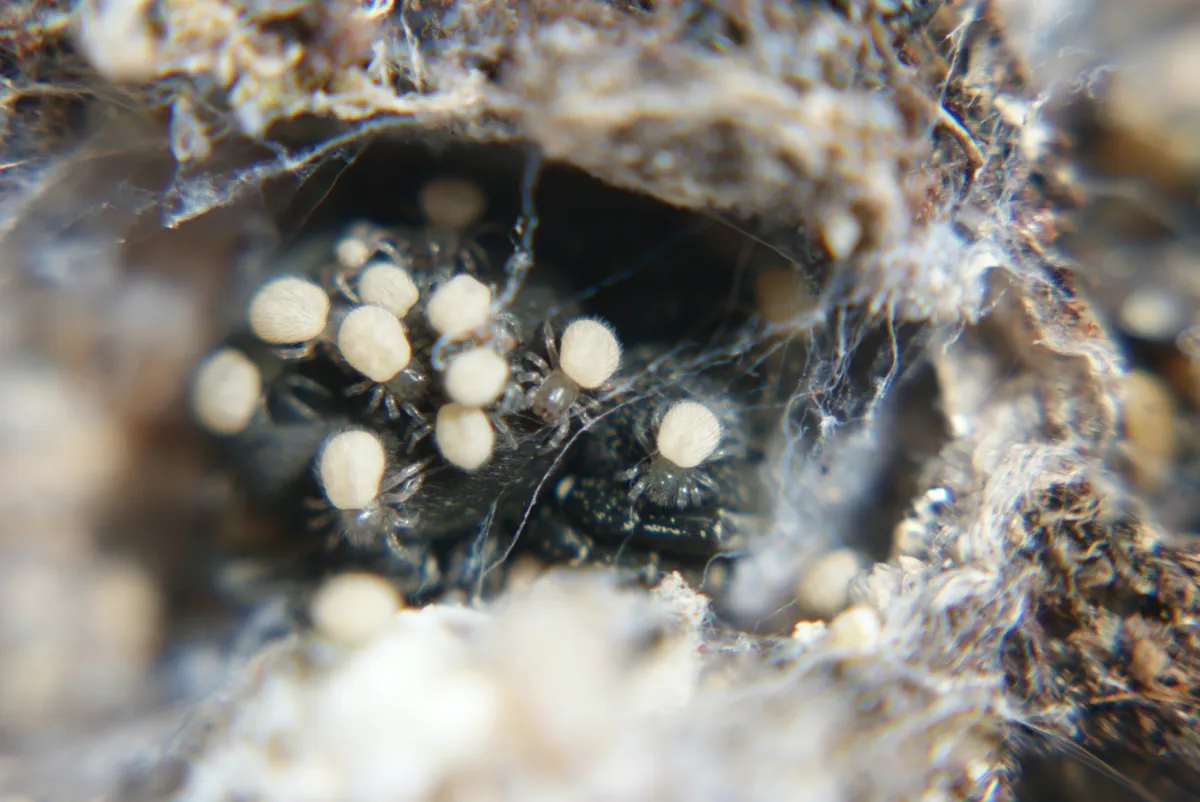
The ladybird spider (named after the male's patterning, pictured below) is very rare in the UK and has a particularly self-sacrificing approach to motherhood. After mating she lays up to 80 eggs, wrapping them up in silk and sealing them in with her in a kind of nursery chamber.
They hatch after about a month and she’ll soon after makes the ultimate sacrifice – liquifying her internal organs and regurgitating them to feed her spiderlings the nutritious fluid from her mouth. She dies after about two weeks, knowing that she’s given her young the best chance for survival.
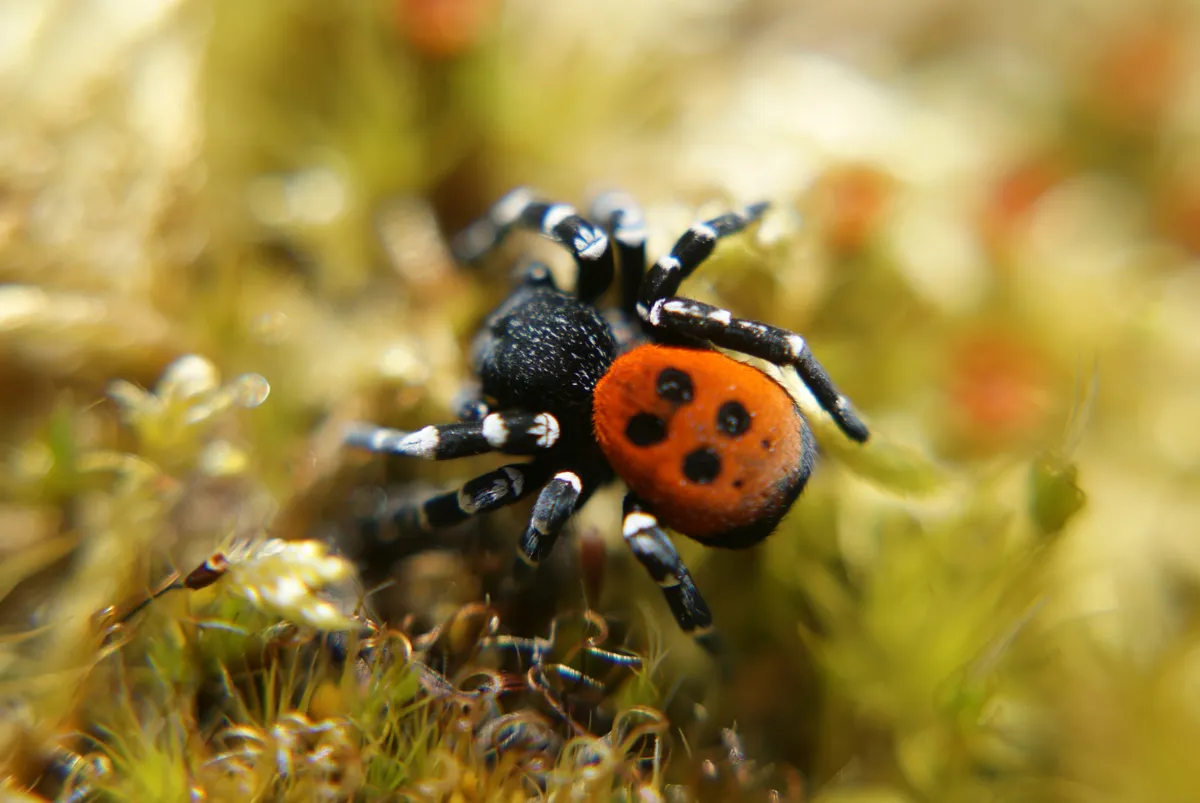
Great crested newt (Triturus cristatus)
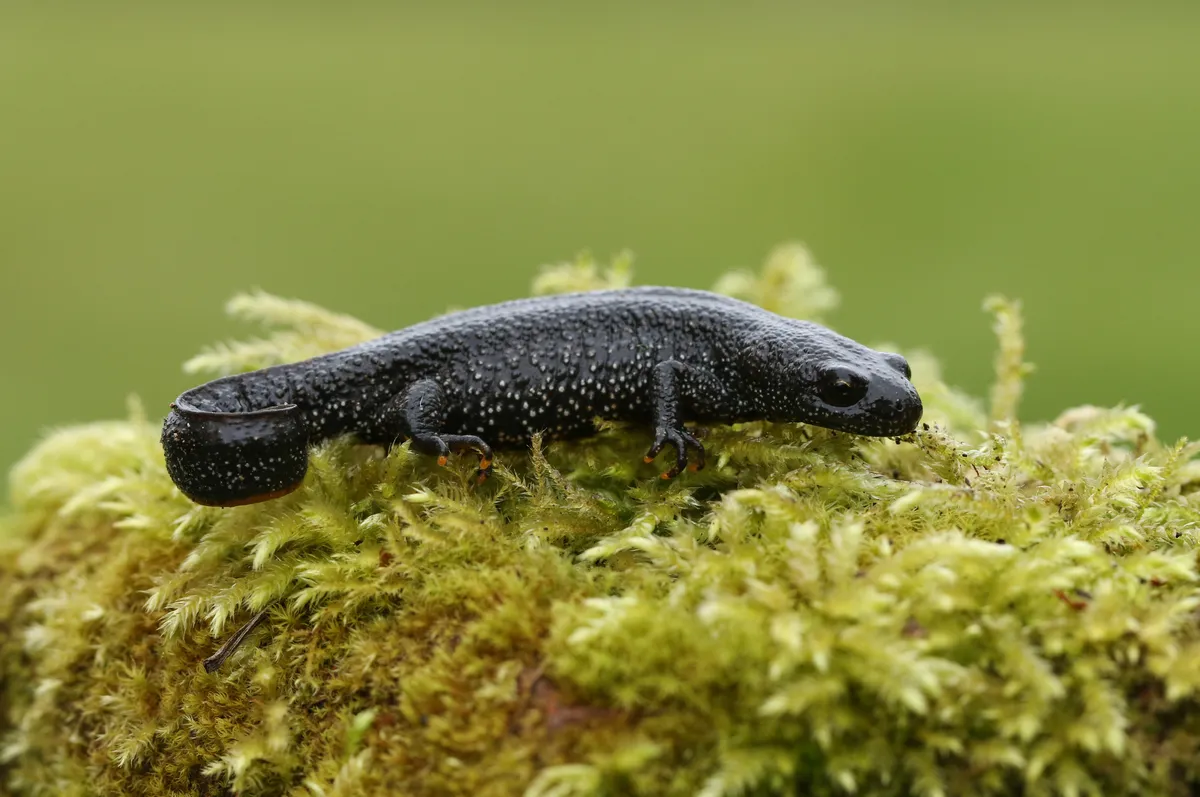
Female great crested newts lay an incredible 200-300 eggs between March and June, usually two to three a day. But laying them isn’t the hardest part – after laying them she’ll use her hind legs and feet to wrap every single individual egg in leaves or overhanging vegetation (you can keep an eye out for these by looking for a “concertina” effect).
She’ll also surround them with a sticky substance that makes sure the leaf stays surround around the egg - this protects it from both UV damage and from predators. After a few weeks, depending on the temperature, the eggs will hatch, and a new generation of newst will be born.
European eel (Anguilla anguilla)
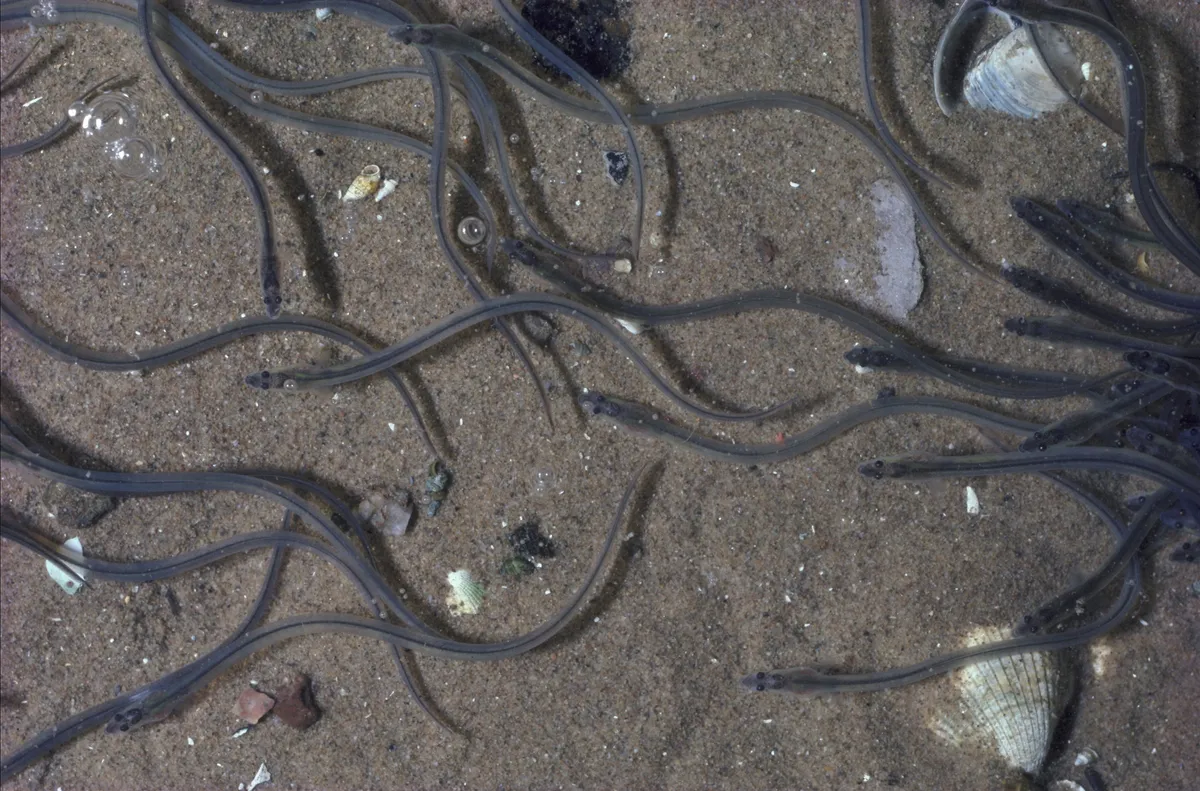
While European eels aren’t the most maternal of species once their young are born, they undertake one of the biggest migrations in the world to spawn, surely earning them a rank among nature’s best mothers. They start their lives in the Sargasso Sea, south of Bermuda, before floating across the Atlantic in the Gulf stream. This takes two to three years.
They then stay in freshwaters around Europe for the next few years of their lives, putting on weight and growing into mature adults. At that point they head back out again into the Atlantic, traveling thousands of miles back to their birthplace to spawn – at which point they die, leaving the next generation to continue the cycle.
The European eel's scientific name, Anguilla anguilla, is an example of a tautonym, where the genus and specific name are the same.
